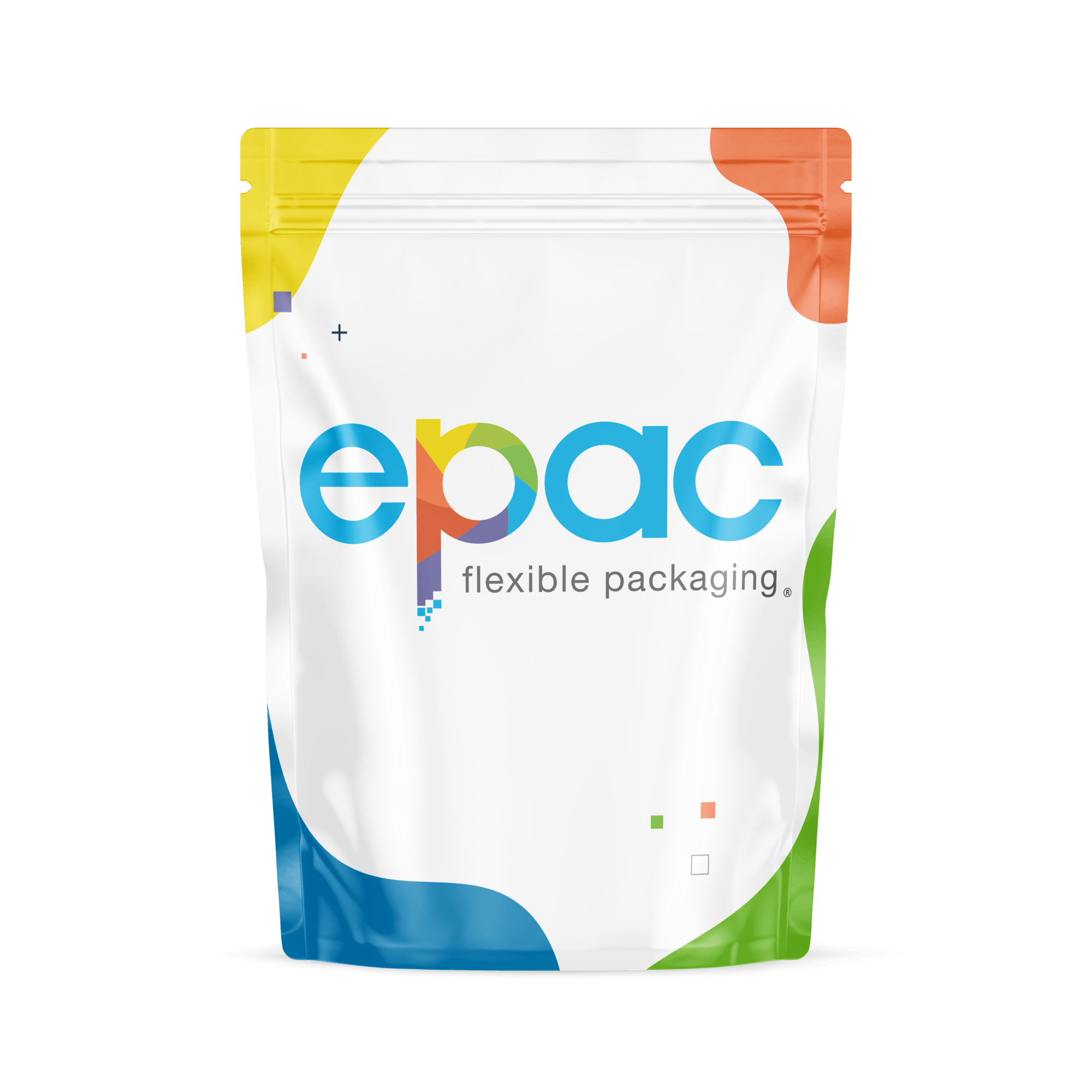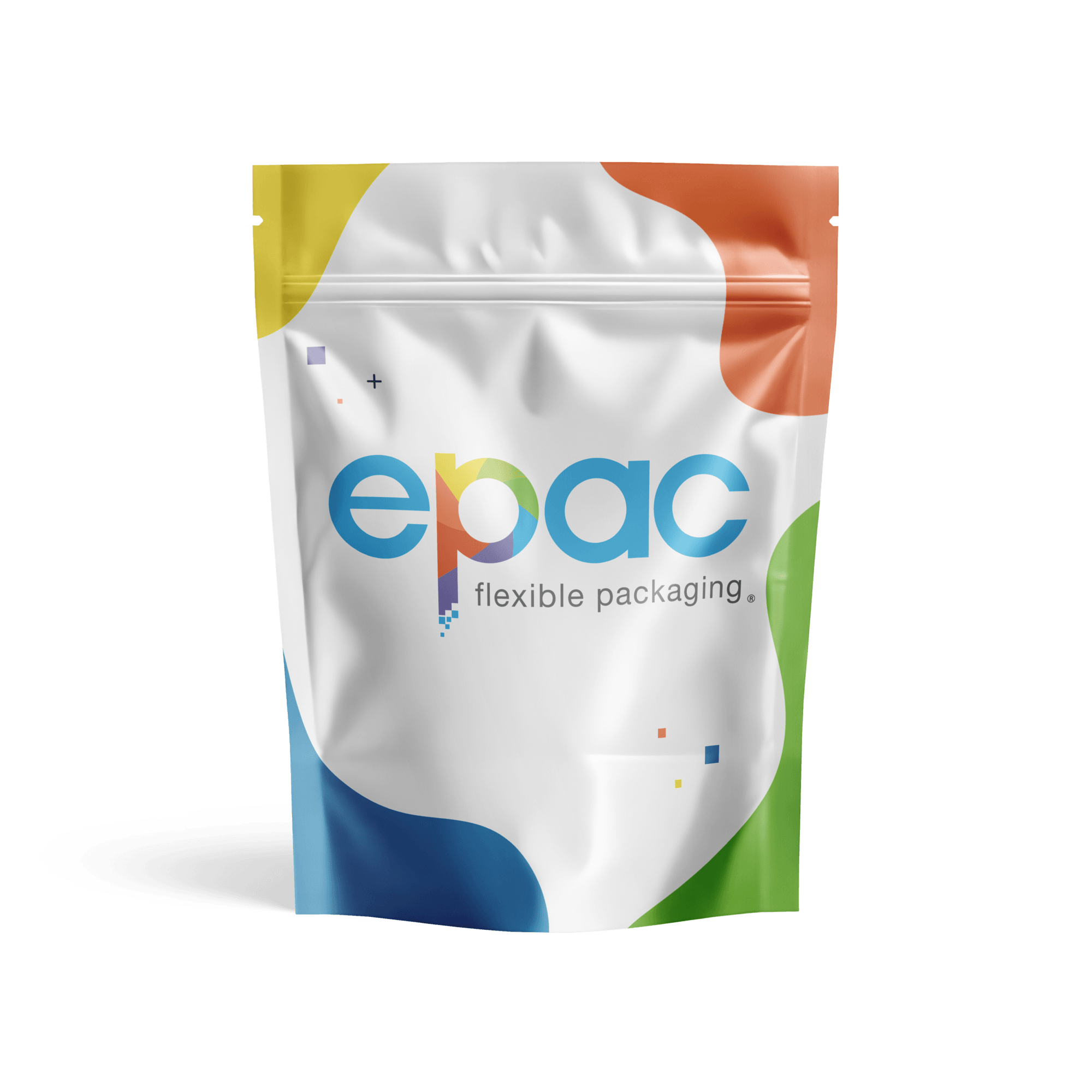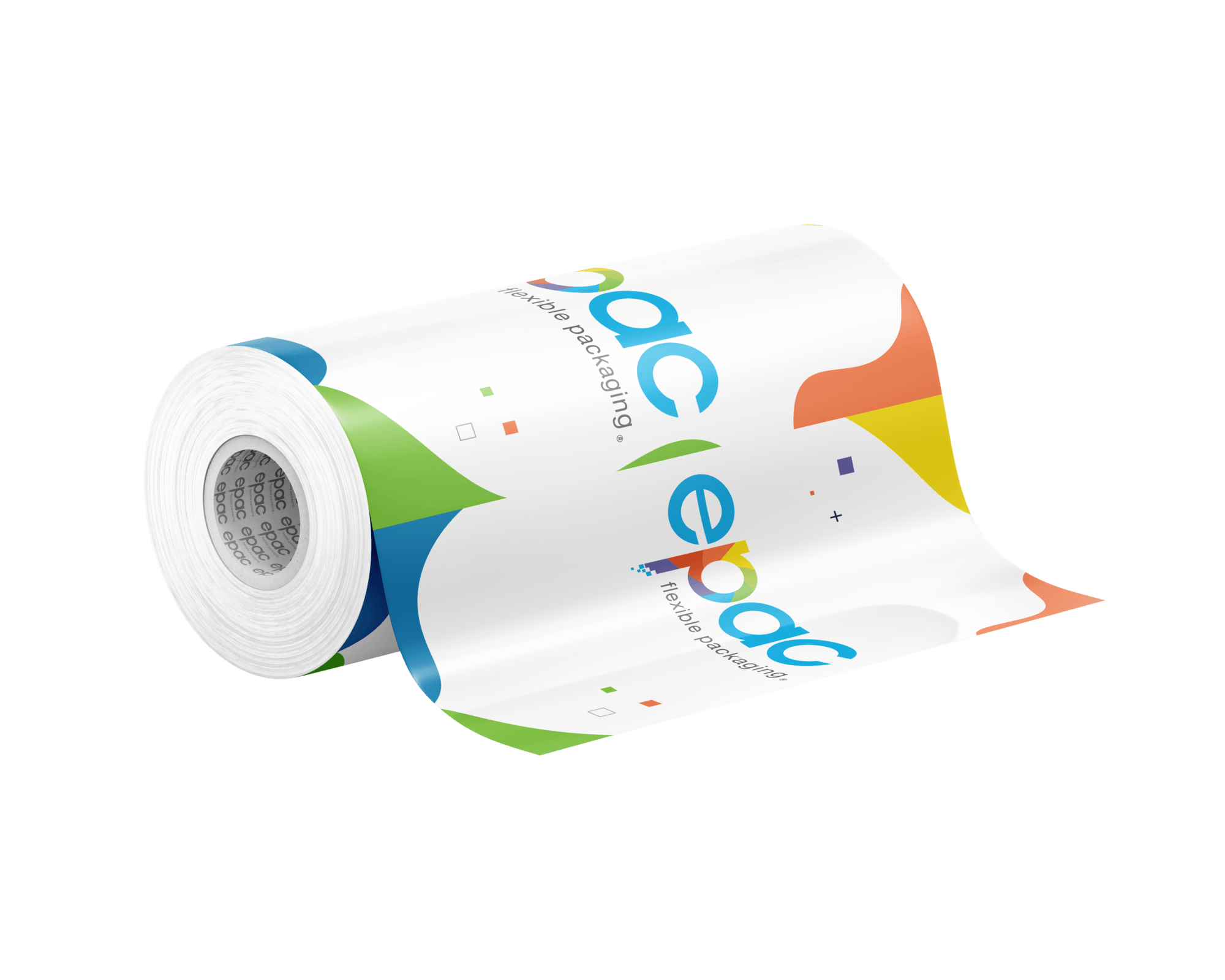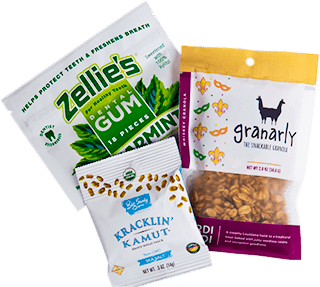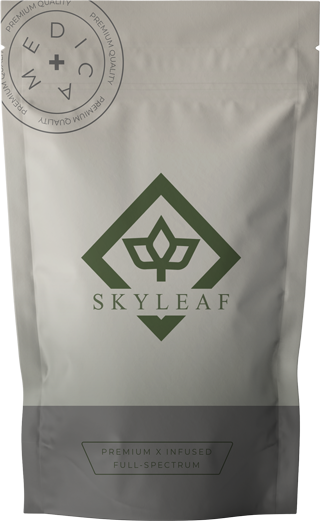Regardless of the size of your company, digitally printed flexible packaging has a variety of benefits over conventional printing methods like offset, gravure, and flexographic. There are many differences between digital and conventional printing, and while traditional print is a great choice for many brands, there are several advantages to choosing digitally printed flexible packaging. Digital printing for flexible packaging is the smart move, it’s faster, involves way less headaches and if you need to make a change, that’s ok.
Read on to learn the seven advantages of digital printing and how it can help your company level up with a lot less effort.
1. Turnaround time is cut in half, and then some.
With digital printing, there are never any plates to create or set up. This means once the digital file is sent over, your project is ready to print in minutes instead of the days or weeks it would take to create and set up the plates for each package design. And, when you partner with a local digital printing manufacturer, shipping time is significantly decreased, so you get your packaging fast. In some cases, it’s the difference between getting your order in days, instead of months.
2. You have the ability to print multiple SKUs in a single run.
For smaller brands looking to print less of each SKU, this is the game changer of digital printing flexible packaging. Because there are no plates, multiple SKUs can run at once so brands can combine multiple SKUs into one order, or one print run. No matter if you have 3 designs or 300, digital printing has got you covered, and all in one order.

3. You can make changes to your packaging design on the fly.
Since there are no plates, there is no lengthy or costly set up when a change needs to be made to the design. It’s just a new file, so you can make tweaks to your packaging design file without the headache, cost, and delay associated with the creation of new plates. If your ingredient list changes, you get a new certification, or even if you change your logo, you can easily adjust your design file and start printing the updated design immediately.
For a lot of smaller companies, they experiment with the look, feel, and brand identity. Sometimes, what was brainstormed initially doesn’t work for digital flexible packaging. Maybe it’s the logo, maybe it’s the colors, but whatever the case may be, by going digital, it’s as simple as uploading a new file rather than creating a whole new plate, which is never cheap and worse, never fast.
4. You only have to print what you need, when you need it.
This allows you to respond to market demand in real time. And, with digital flexible packaging, short and medium runs are possible, so you can print to demand and avoid having excessive inventory. This allows you to keep more cash in your business while decreasing the risk of obsolescence and excess inventory, both of which can cost you more than you may realize.
Maybe your company is experimenting with the idea of trying out some new markets, or maybe breaking out from just the internet and into the local farmer’s markets. By embracing digital for flexible packaging, that small move can have a momentous impact.
5. Short run, seasonal, and promotional packaging is possible with digital printing.
This is a game changer if your brand is experimenting with marketing and packaging for the holidays. Maybe you’re trying a small batch run of something for Christmas or Halloween, this is a good way to see if the concept works without spending a ton.
Brands of all sizes can take advantage of short runs for seasonal and promotional packaging when you don’t want to place a large order. This allows you to try packaging for target markets, come up with a fun, limited time promotion, or create seasonal packaging for any holiday or season you can imagine. With no plates and short runs, you are not limited to how many SKUs you can create.
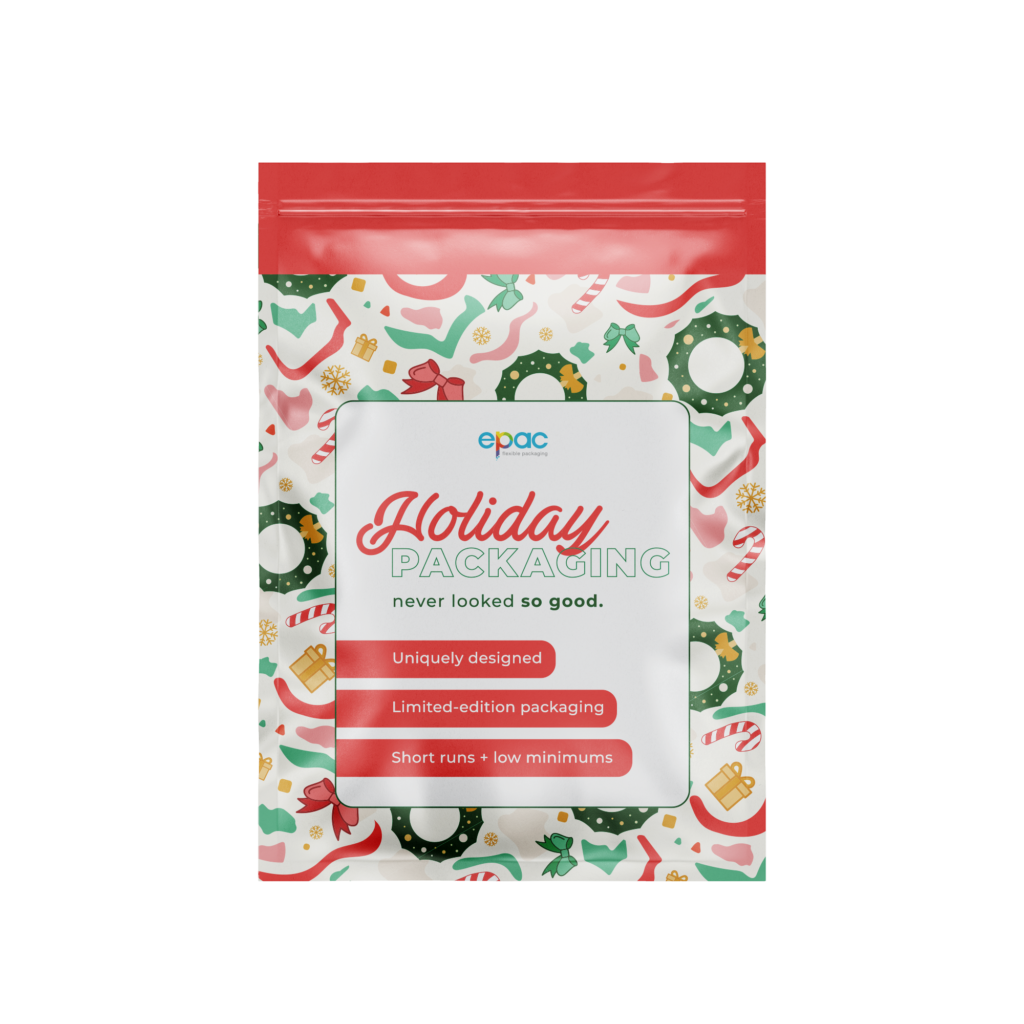
6. Digital printing is more environmentally friendly than traditional printing methods.
In fact, digitally printed flexible packaging adds even more sustainable benefits, overall, including:
- Custom flexible packaging uses fewer natural resources and energy to manufacture and transport than other package formats and generates fewer CO2 emissions.
- Flexible packaging, when it comes to food packaging printing, also reduces food waste by extending the shelf life of the product inside.
- Digital printing packaging also produces fewer emissions and less energy consumption than traditional printing.
- The HP Indigo 20000 printing press is a carbon neutral machine used in all our plants. Learn more about the environmental benefits of our press here.
- With no printing plates, there is less materials needed to set up.
- Customers can order to demand, which means less inventory potentially being wasted, since obsolete packaging usually ends up in our landfills.
- Lastly, digitally printed sustainable packaging is also an option! Brands have the ability to add a recyclable pouch or post consumer recycled (PCR) rollstock to their product line up.
7. Digital printing has capabilities like none other.
For instance, Variable Data Printing (VDP) is made possible only by digital packaging technology. Brands can take advantage of creating customized and personalized packaging on each package printed, or the track and trace capabilities. This technology helps customers enhance product shelf presence, create digital consumer engagement (like QR codes), and guard against counterfeiting, as well as provide the ability to track products from cradle to grave.
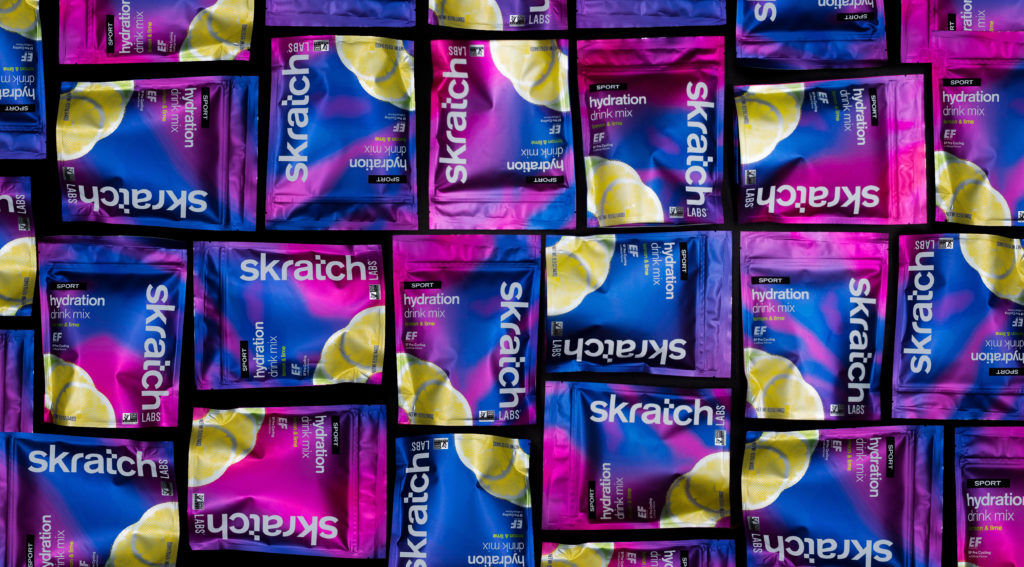
Partnering with a Digitally Printed Flexible Packaging Manufacturer
By choosing digital printing for flexible packaging, you will benefit from a slew of different advantages, especially when compared to traditional print. If you’re curious about what digital print could do for your brand, give us a call or click here to receive a free quote. We’d love to show you some of the brands we’ve collaborated within the past. Digital printing for flexible packaging can be a game changer and we’ve got the samples to prove it.


